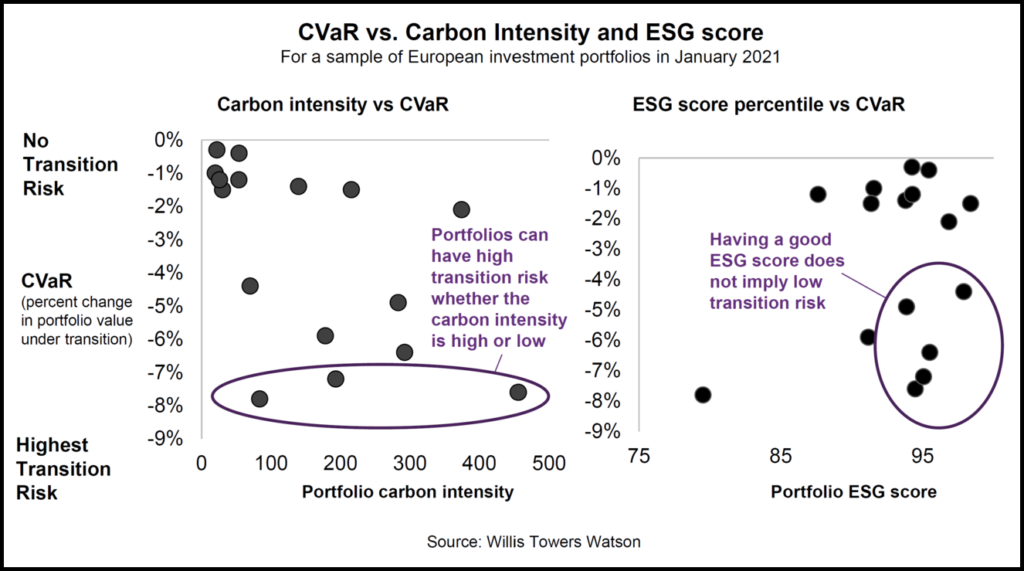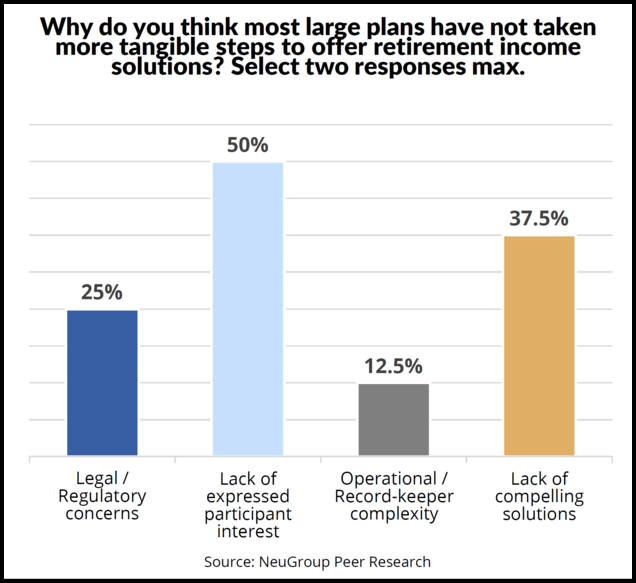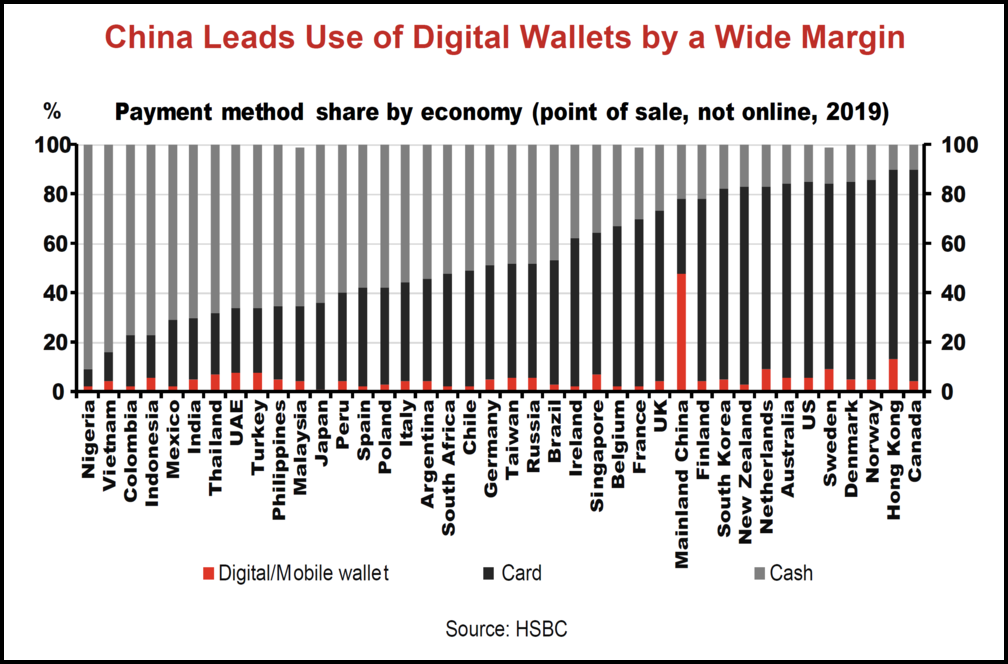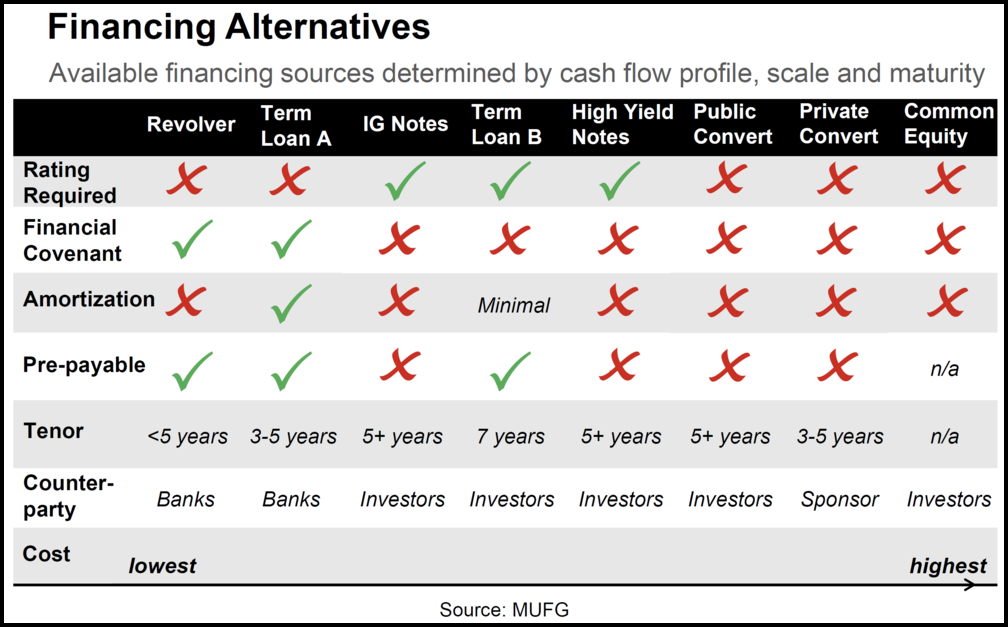
Another challenge: filling open positions when many applicants won’t accept jobs requiring extensive time in the office.
More than one company in the NeuGroup network is trying to make returning to the office a bit more appealing to workers whose managers are requiring them to start commuting again—at least for part of the work week. One method: offer employees the proverbial free lunch (it’s not truly free if you have to come in to get it).
Another challenge: filling open positions when many applicants won’t accept jobs requiring extensive time in the office.
More than one company in the NeuGroup network is trying to make returning to the office a bit more appealing to workers whose managers are requiring them to start commuting again—at least for part of the work week. One method: offer employees the proverbial free lunch (it’s not truly free if you have to come in to get it).
- This morsel emerged at one of several recent monthly NeuGroup meetings where members discussed how they’re planning for a return to offices at a time when many employees would prefer to keep working remotely.
- A related challenge for members: filling open positions—a task made hard not just by intense competition for workers, but by candidates who may reject offers if a job requires coming to the office often.
Food trucks and social hours. One member’s company is offering free lunch to “entice people to come back,” a perk he said is not very expensive for the corporation.
- Another company had to stop using food trucks to provide free lunch when some employees who were not working in the office drove to the parking lot to get the meal and then took it home.
- One member said her company is trying to use social hours in the office as a “carrot,” but added that, “I don’t know if it’s doing a whole lot to get people in.”
Too many hoops? At another group’s monthly meeting, the talk turned to companies whose policies may make it less appealing for employees to return.
- One company has a two-hour course on office rules of the road that returning employees have to take.
- Another company has so many onerous hoops to jump through—not to mention a closed cafeteria and gym and “no congregating” rules—that almost no one is going in—at least yet. One member said that it sounded like this company wanted to keep employees away.
- Many companies are giving employees until the beginning or middle of September to transition to new schedules or make a decision about which options they want.
- To maximize collaboration, most members are picking specific two or three days that team members should be in the office, rather than allowing employees to decide which two or three days they want to come in.
Hiring pain. One treasurer whose company is considering how many days to ask finance team members to come in each week said, “I’m in the market for two more junior people and it is a nightmare.” Other members reported similar hiring difficulties.
- A highly competitive market for finance talent, the treasurer said, has been made more painful for employers facing candidates who are only willing to come to the office once a week, if that.
- Another treasurer said younger people in her company’s tax department “want to be 100% remote” or only be required to come in once every two weeks.
- Making matters worse, the first treasurer said recruiters tell him that some candidates for manager positions now expect equity in their pay packages, which used to be unheard of. His company won’t likely agree to that.
- None of the members said their companies are offering higher salaries to lure new workers. But one treasurer said demand for talent means employers are now, in some cases, telling existing employees who may look elsewhere, “Can I pay you more and keep you?”

























